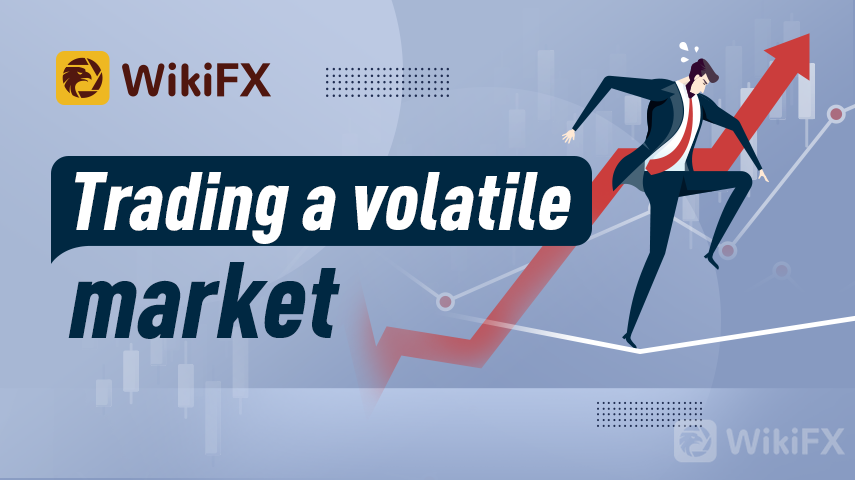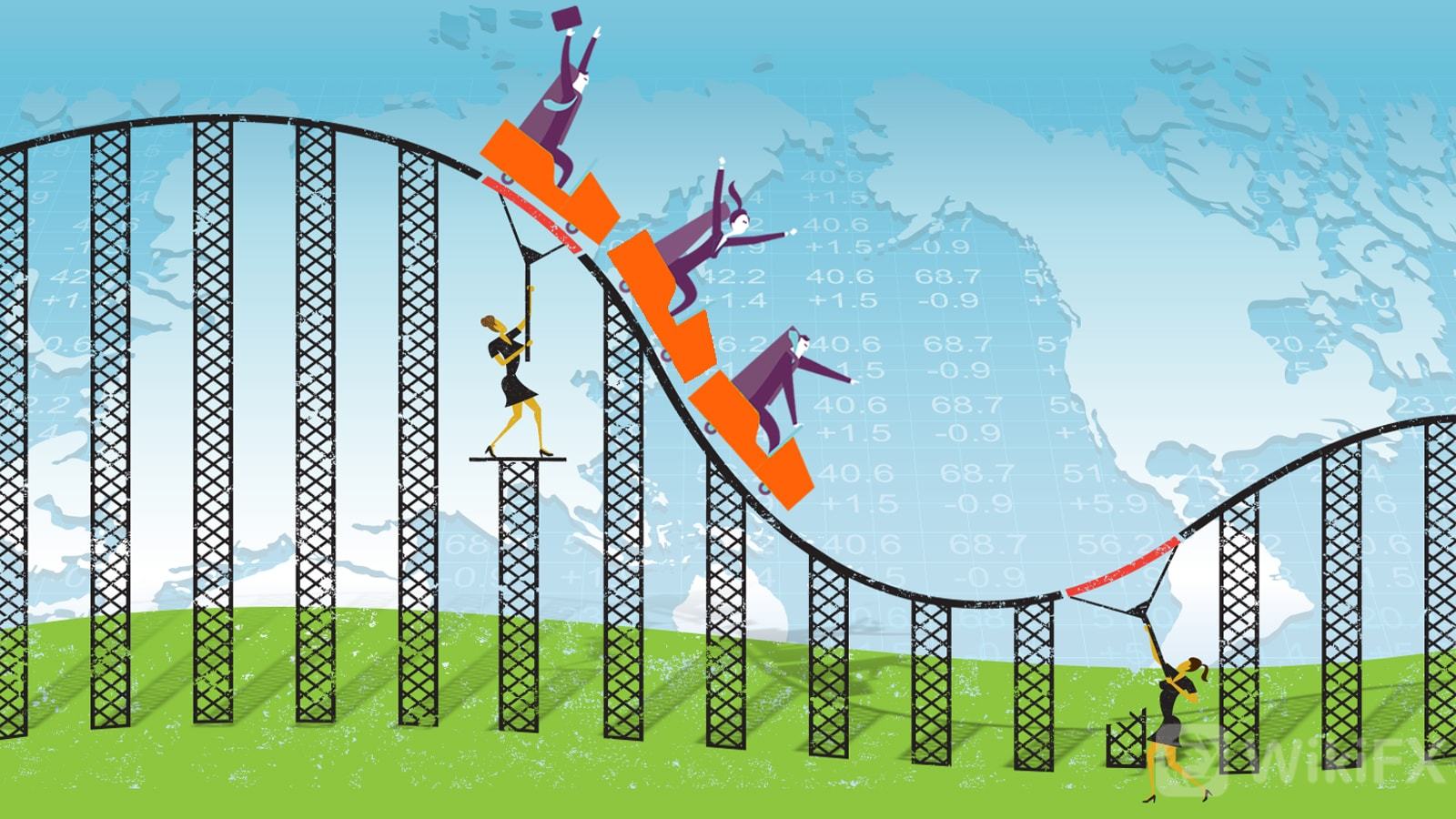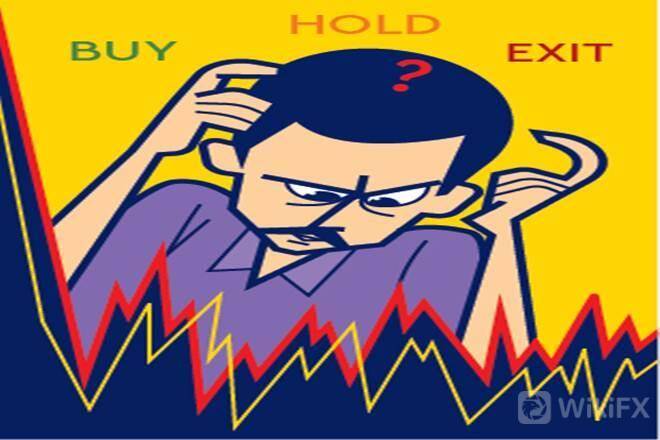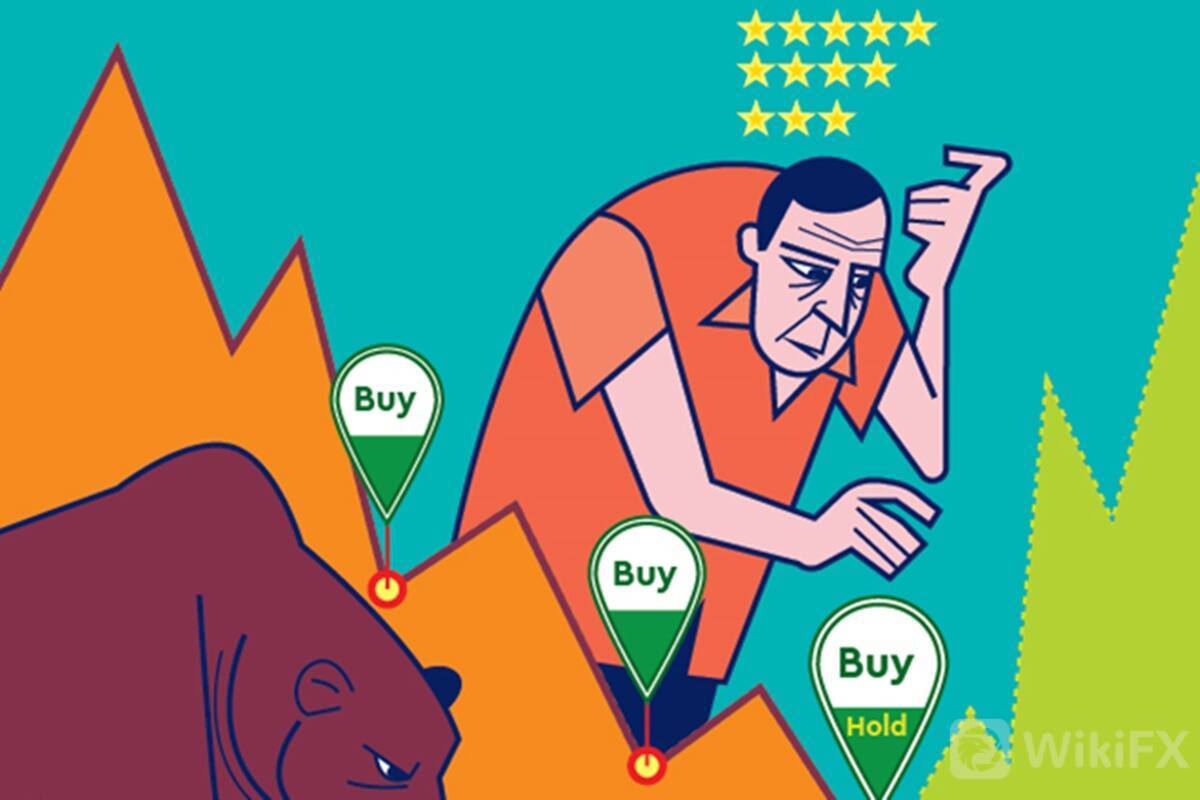
Volatile markets are ones where the price moves vigorously and unpredictably. Some commodities are more volatile in character than others but volatility is mainly a varying characteristic that affects all markets at different times. To make money in the financial markets, there must be price movement. Fortunately, price movement is a constant in the markets, and one key factor is how rapidly prices are moving. The speed or degree of change in prices (in either direction) is called volatility.
As volatility increases, the potential to make more money quickly also increases. Higher volatility also means higher risk. When volatility spikes, it may be possible to generate an above-average profit, but you also run the risk of losing a larger amount of capital in a relatively shorter period of time.

When volatility increases, you should see wide ranges in price, high volumes and more trading in one direction – for instance, few buy orders when the market is tanking, few sell orders when the market is ramping.
Deeper analysis of market volatility suggests that there is a higher probability of a falling market when volatility is high, with lower volatility being more common in rising markets.
Nothing can make traders doubt their strategies more than market volatility. Once the price goes out of bounds, market participants might begin to question their approach and reconsider whether they should retain their open positions.
Always bear in mind that the biggest enemy of your portfolio is not volatility itself but your emotions. If you can‘t bear your portfolio taking a 30% or 50% hit during a volatile bear market, then you will indeed consider closing your positions. However, don’t forget that volatility is a short-term price instability, and, at some point, the prices of the assets in your portfolio will normalize.

With a disciplined approach, you may be able to manage volatility for your benefit—while minimizing risks. Here are five practical tips for trading a volatile market:
Manage risk – understand the risk on every trade you do. If you know the expected returns on each trade by knowing all the possible entries and exits, you are forced to systematically visualise and compare your trades
Stick to your plan – you should have a robust, well-defined strategy which you have tested in all market conditions. This should mean you do not jump into volatile markets, erratically ignoring your pre-defined rules.
Order types – always use a stop loss, as you will know the exact amount of risk you are willing to take on the trade before you enter it. Remember, “it‘s not the money you make that makes you a winning trader; it’s the money that you dont lose.”

Emotional control – volatile markets can influence traders to quickly abandon their plans and patience. Never let wishful thinking – known as confirmation bias – skew your thinking. You must have the discipline to accept the evidence and not react impulsively.
Educate yourself – no matter how experienced a trader may be, there is always room for improvement. This means doing your homework thoroughly, when the going is difficult as well as when trading seems easy. Reviewing your processes is also ongoing and non-negotiable.

Leave a Reply